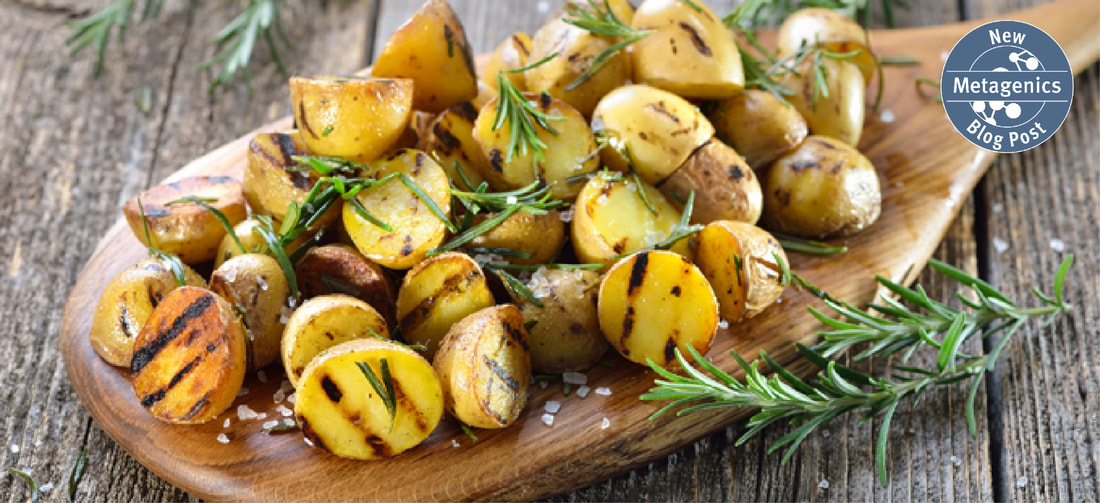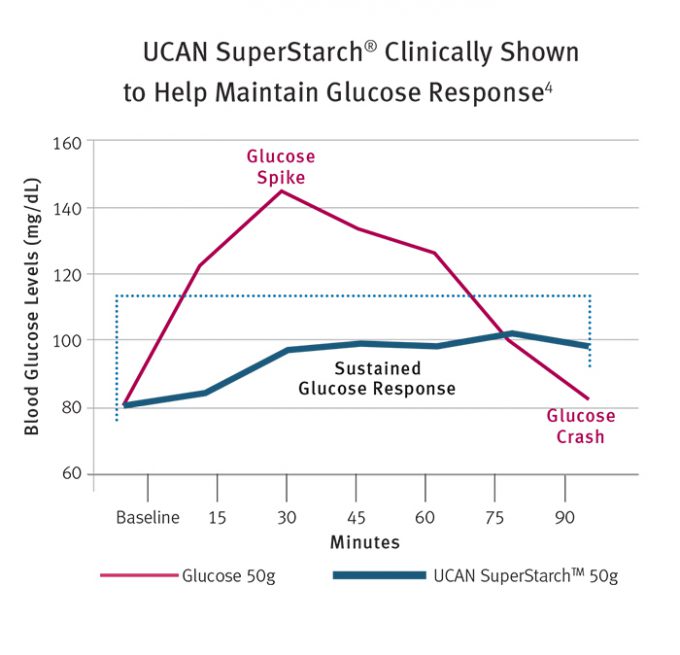|
Unless you follow a ketogenic diet, chances are your diet is high in carbohydrates. Most of these carbohydrates consist of starches, which are composed of long glucose chains. While regular starch is quickly digested and absorbed into the body, resistant starch is not as readily absorbed.1 In other words, it resists digestion. Hence, the term “resistant starch.” Resistant starches often function like prebiotics or soluble fiber. Foods composed of resistant starches move undigested through the stomach and small intestine to the colon, where gut bacteria can feed on them and convert a portion of them into beneficial short-chain fatty acids, such as butyrate.2-4 What’s so super about slow-release carbohydrates? Digestion benefits aren’t the only reason to take a closer look at resistant starches. Resistant starches have been shown to have numerous health benefits. For example, similar to soluble fiber, resistant starch consumption can have a “second-meal” effect by increasing the feeling of satiety, thus potentially helping people eat fewer calories.5-7 Adding foods high in resistant starches may also lead to improved insulin sensitivity.8 Some research suggests it may improve postprandial blood sugar levels9,10 A recent study compared the effects on blood sugar levels, over 90 minutes, with a proprietary resistant starch, known as UCAN SuperStarch® versus an oral glucose drink. The data indicated the oral glucose showed the typical “sugar spike” followed by a drop in blood glucose levels. On the other hand, the UCAN SuperStarch® provided a sustained glucose response without the sharp spike or crash in blood sugar.11 Resistant starch sources
Looking to ingest more resistant starch? It’s easy to get ample amounts of resistant starch through dietary intake. Foods high in resistant starch include potatoes (except sweet potatoes), green bananas, legumes, cashews, and some grains, including whole grains, oats, and rice.12,13 Note that some people find a diet high in resistant starch may cause stomach discomfort. Cook and cool! After cooking rice and potatoes (although not sweet potatoes), simply wait to eat these items until they have cooled completely. Cooling is important, as it converts some of the starch into resistant starch, allowing it to pass unchanged through the intestinal tract and providing fuel for the “friendly” bacteria in the colon. As always, make sure to discuss any dietary changes with your healthcare practitioner first! References:
Submitted by the Metagenics Marketing Team
0 Comments
Leave a Reply. |
Categories
All
Archives
April 2024
|
|
Join Our Community
|
|
Amipro Disclaimer:
Certain persons, considered experts, may disagree with one or more of the foregoing statements, but the same are deemed, nevertheless, to be based on sound and reliable authority. No such statements shall be construed as a claim or representation as to Metagenics products, that they are offered for the diagnosis, cure, mitigation, treatment or prevention of any disease. |




 RSS Feed
RSS Feed